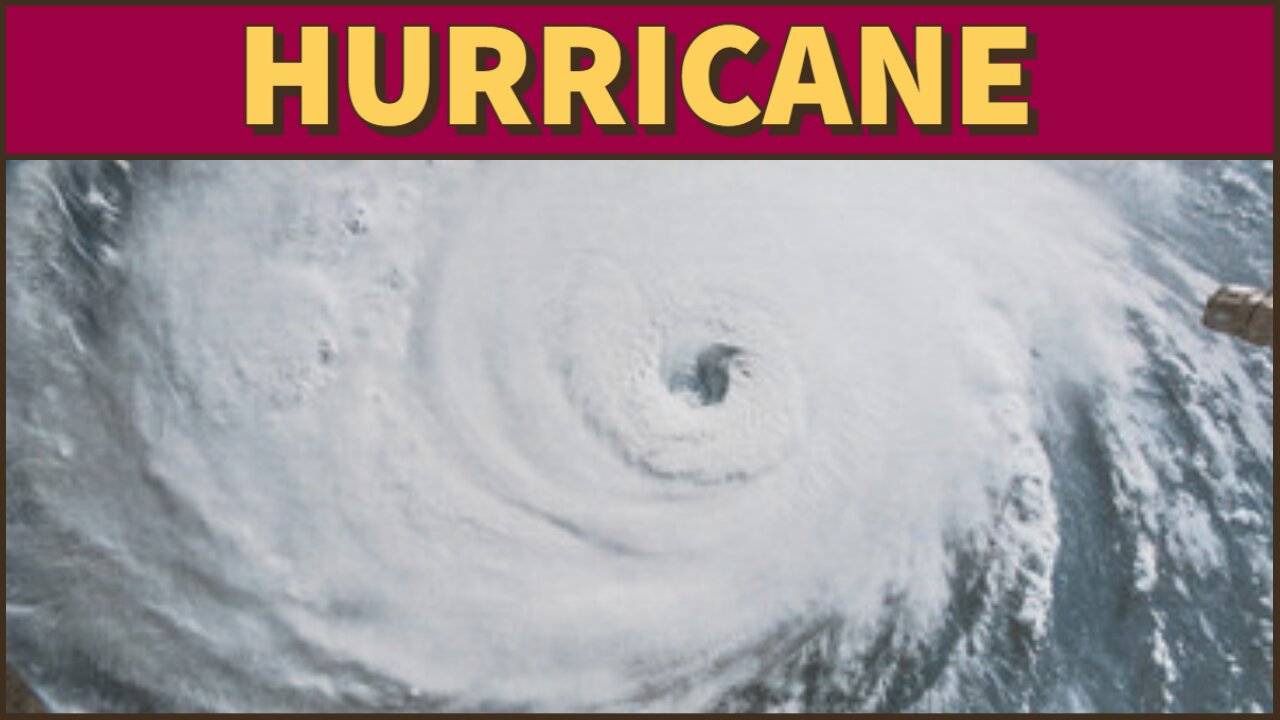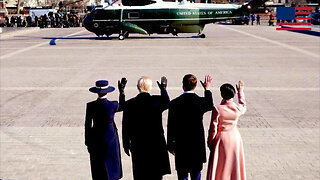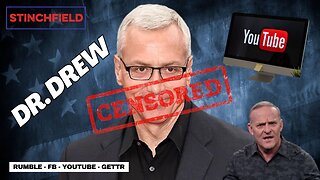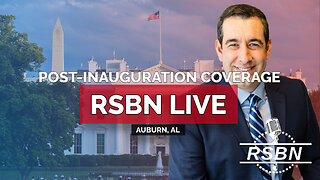Premium Only Content

What is a Hurricane
Hurricanes begin with wind, and wind starts with high-pressure air pushing toward an area of low-pressure.
In a major storm, wind sweeps across substantial distances, gaining tremendous momentum along the way.
The wind's part towards its destination is affected by Earth's rotation in what's called the Coriolis effect.
Let's say a mass of equatorial air veers north to fill a low-pressure pocket.
It will arrive just east—to the right—of the low-pressure system.
It misses the mark because the wind originates from a location on the globe that rotates faster than its destination, which hasn't caught up in its eastward rotation. Passing the low-pressure system on the right, the high-pressure winds now actually bend around the low-pressure zone, swirling in a counterclockwise fashion.
In the Northern hemisphere, cyclonic storms (called hurricanes in some places, typhoons or cyclones in others) always turn counterclockwise around the low-pressure eye.
In the Southern hemisphere, they rotate clockwise
-
 1:33:37
1:33:37
Russell Brand
4 hours agoBudget Cuts, Fires, and the Failures of Leadership – SF523
161K61 -
 1:57:42
1:57:42
The Charlie Kirk Show
3 hours agoAmerica's New Golden Age: Day 2 | Kelly, Kane | 1.21.2025
152K58 -

BlackDiamondGunsandGear
23 hours agoFAT SIZE ARMOR / in LEVEL IV
2691 -
 6:22
6:22
Game On!
3 hours ago $0.04 earnedChicago Bears make the PERFECT hire at head coach with Ben Johnson!
1331 -
 52:25
52:25
TheAlecLaceShow
3 hours agoDonald Trump Becomes President | Interviews & Reaction From Inauguration Day | The Alec Lace Show
13.4K3 -
 35:10
35:10
Grant Stinchfield
22 hours ago $6.29 earnedDr. Drew Reveals The Video YouTube Refuses to Let You See! We Un-Censor it!
37.1K13 -
 2:55:27
2:55:27
The Dana Show with Dana Loesch
3 hours agoTRUMP BEGINS SECOND TERM | The Dana Show LIVE On Rumble!
61.7K7 -
 50:06
50:06
The Rubin Report
4 hours agoThese Unexpected Executive Orders Signed by Trump Are Game-Changers with Co-Host Russell Brand
135K159 -
 1:59:33
1:59:33
Steven Crowder
7 hours agoEXPLAINED: Donald Trump’s Day One Orders & Elon’s Fake Nazi Hand Gesture
629K289 -
 3:48:59
3:48:59
Right Side Broadcasting Network
16 hours agoLIVE REPLAY: President Trump Attends National Prayer Service in Washington, D.C. - 1/21/25
209K117